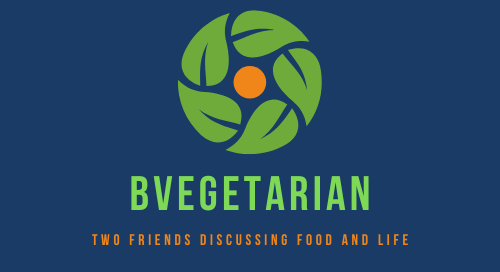When we think of fiber, then naturally comes to mind. In fact, fiber is found in a variety of fruits and vegetables. Some green leafy vegetables are an excellent source of fiber. beans and lentils are also excellent sources of fiber. You can divide fiber into two broad categories which are soluble fibers and insoluble fibers.
Fiber helps us in many ways. It increases the stool bulk thereby helping us avoid constipation and it also promotes the growth of good bacteria which can help with our gut immune system as well as improve many aspects of our mental, and cardiovascular as well as reduce the risk of colorectal cancers.
One question I get from many patients is where to get fiber from. Our modern diet has become so devoid of fiber that the average American diet gets only 9 gm of fiber per day. One thing to remember is one gram of fiber will lead to 5 grams of stool and we hope to achieve about 250 gm of stool on a daily basis so that we can avoid constipation. Many of our health societies recommend between 25 to 35 gm of fiber per day.
Let’s discuss how not to add fiber but how to avoid not having enough fiber in our diet. A diet rich in animal proteins will naturally have low fiber content. Though animal muscle has fiber, it’s not the same as plant fiber. Plant fiber is mostly cellulose and a few other varieties of fiber. I will discuss soluble fiber as well. This is not the same variety of fiber as you find in plant roughage. When your diet is not naturally plant-rich, you will need to supplement with additional fiber like psyllium husk or wheat bran. On the other hand, if you are consuming a “vegetarian diet” but are in fact eating highly processed foods like foods made of refined flour, cookies, cakes as well as sweetened carbonated beverages you are not getting enough fiber.
It’s a common belief that foods high in fiber are not naturally palatable, and to a certain extent, it’s true. I am yet to see a person who has a broccoli or kale problem. One easy way to add fiver naturally to your diet without much effort is to reduce the amount of hyper-palatable foods in your diet. These foods which have been designed to be addictive reduce the desire to eat green leafy vegetables. Once our palate gets used to these fatty, sweet, salty treats why we will want to eat kale salad?
- Start adding fiber to your diet starting from your breakfast.
- Eat Salad with green leafy vegetables dressed with balsamic vinegar and olive oil. Add chopped fruits for sweetness and chopped nuts for texture. After you have eaten the salad, then consume whatever you have on your plate.
- Cooking does not reduce the fiber content but you can consume larger amounts of cooked vegetables thereby increasing the daily fiber intake.
- There is no shame in eating cooked vegetables for breakfast. It does not have to be a blueberry muffin.
- Read labels if you are consuming packaged foods. Foods that are labeled high fiber are not necessarily high fiber. Look at the nutrition fact label. One way to look at it would be calories per gm of fiber. It doesn’t make sense to eat a packaged good that has 250 calories but has 3 gm of fiber.
- Avoid sweetened beverages, they have no fiber. High calorie with no fiber is not a good deal for your health.
- Save the best ‘tasting’ course on your plate for the last. Eat the vegetables first so that you are not tempted to not eat them after you have finished the delicious pasta dish. One added advantage is that your stomach will be fuller after the vegetables and you are less likely to go for seconds.
- When in doubt, add over the counted fiber to your diet. Use as per instructions on the label. For further information about these fibers head to this page: “How to add additional fiber to your diet.”
- Drink plenty of water. Fiber needs water to be effective.

